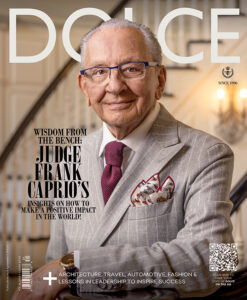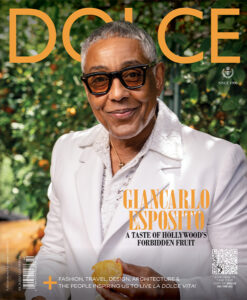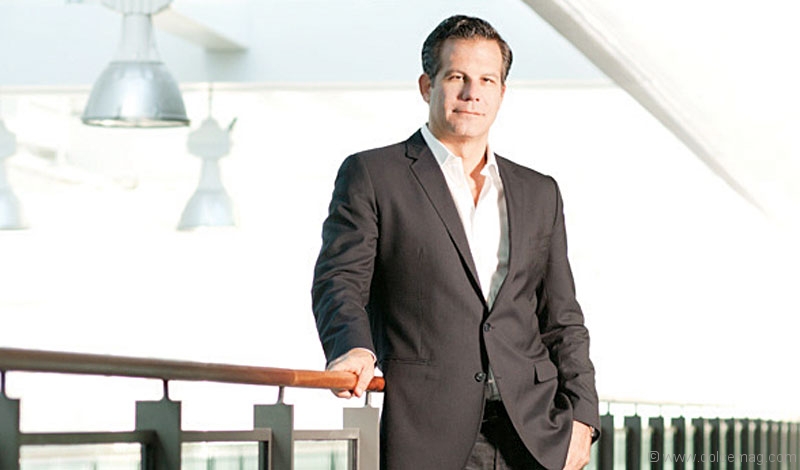Q & A: Richard Florida
Q: This is the 10-year anniversary of your book The Rise of the Creative Class, which you’re commemorating with the release of The Rise of the Creative Class, Revisited. What will readers find in this reworked edition that differs from your past texts?
The Rise of the Creative Class, Revisited brings all the statistics from the original version of the book up-to-date and provides a host of new ones, incorporates a decade’s worth of my own and my colleagues’ new research, and addresses my major critics. I’ve also added five completely new chapters that cover the global effects of the creative class and explore what goes into “quality of place” in our cities and suburbs. One thing I’ve really learned is how deeply divided our society is by class. Two detailed chapters really delve into our class divide and how it shapes everything from the political division between red and blue states and income inequality to obesity, smoking, fitness and even gun violence. I outline a new social compact for our time — one that can turn our emerging creative economy into an enduringly creative society by harnessing the full creative talents of each and every human being.
Q: In Revisited, you mention how the creative class used to mean people like artists and writers, but that today it means job stability. Could you explain how your vision of the creative class has evolved since the first book and why the creative class has shifted in this direction?
The recent economic downturn has underscored the importance and need for an even greater focus on creativity, innovation and human development to ensure future economic prosperity. As I wrote in The Rise of the Creative Class 10 years ago and in this revision, I still believe every single human being is creative. Economic growth is driven by creativity, so if we want to increase it, we have to tap into the creativity of everyone; this should be the single point of focus for all economic development policies both local and federal moving forward. As the economy has shifted, we will see organizations, businesses and communities assigning a greater value to human creativity; therefore, we have to create the support structures and systems to elevate our workforce and skill sets. For the first time in human history, the basic logic of our economy dictates that further economic development requires the further development and use of human creative capabilities.
Q: In The Rise of the Creative Class you wrote that members of the creative class tend to cluster in places that are centres of “creativity,” which statistically tend to be large metropolitan areas that share a collective “diversity of thought” and “open-mindedness.” Toronto is considered one of the world’s most multicultural cities, but what does it need to do (better) to nurture its diverse talent?
A great people climate is as important as a great business climate. Creativity comes in all different kinds of packages, so a community has to be open to everyone. Toronto’s government and leadership, including the mayor, have to set the tone for social inclusion and tolerance. My research has shown time and time again that places receptive to immigration, alternative lifestyles and new views on social status and power structures will benefit significantly in the creative age. We need to support and embrace diversity and difference, not squelch different viewpoints and perspectives.
Q: Why do you think policy-makers have not adopted strategies to better foster creative development?
I believe we got too focused on the idea that all growth is good growth. Rather than focusing on supporting creativity and innovation, we became obsessed with “growing for growth’s sake.” This means we focused everything around housing and building and more building. This was especially true in the U.S. More output is not good in and of itself; that idea is a holdover from the industrial age and no longer holds true in an era where knowledge, innovation, creativity and human potential drive the economy. It’s my hope that policy-makers and government officials will focus on a future that fully harnesses our creative capabilities and brings more meaning to our lives and experiences.
Q: Surprisingly, cities that ranked high in the Creativity Index also had some of the highest inequality levels. You argue that inequality is propelled by poverty and the concentration of economic activity through globalization. But in a capitalist system — one driven by consumerist ideologies and profit motives — where smaller groups control labour and concentrate wealth, can we ever really be rid of inequality? Or is inequality simply a fallout of this type of economic system?
You’re correct. Often the most creative cities are also the most divided economically. We know from our research that class and income increasingly structure virtually every aspect of our culture, daily lives and society as a whole. We’ll never completely rid ourselves of inequality. Our worsening class divide reflects the ongoing transformation of the economy and the unparalleled geographic sorting that is going along with it. This is why it’s so critical to acknowledge that we must upgrade the millions of service sector and working sector jobs in our new economy. We can only focus on the creativity of the creative class, but we must address tapping into the creativity of all workers. This is the path to upgrading those jobs and building an equitable future. This may mean that we pay more for products and services.
Q: In regards to Canada’s educational system, what are we doing right to develop a stronger creative class? What are we not doing and how can it be improved?
Our definition of education must be broadened; it must extend beyond the walls of the classroom into experiential and hands-on learning. Our current secondary and primary education system is a relic of the industrial age. Education has to be more about engaging students and supporting them with strong teachers and mentors. Early childhood learning and development are the most critical years; it’s the time when creative abilities are shaped. We must pay more attention to these earlier years than we do currently.






















































































No Comment